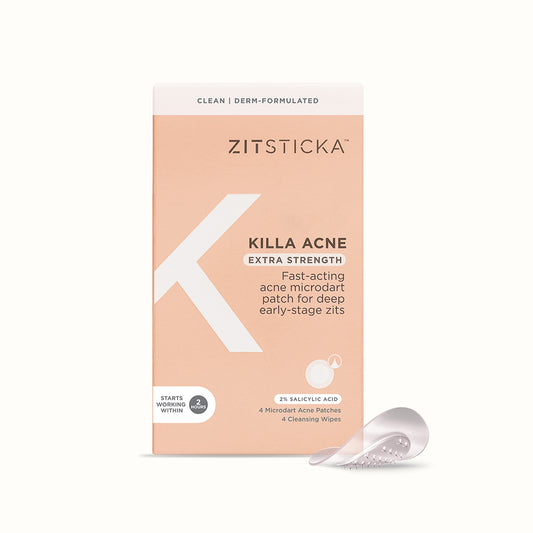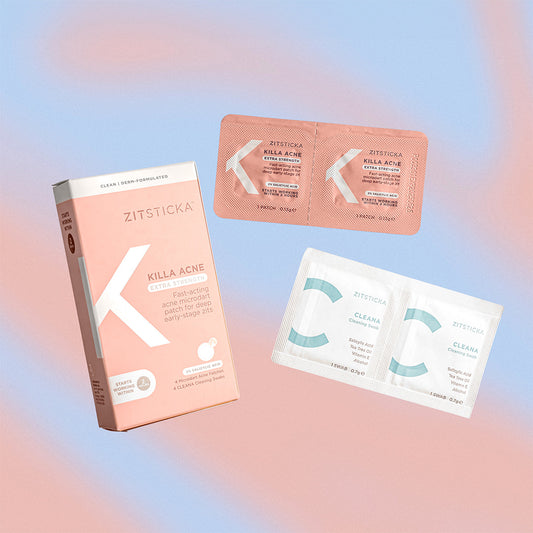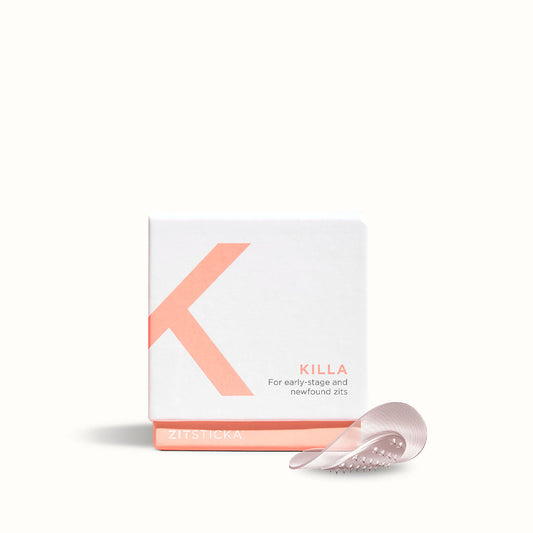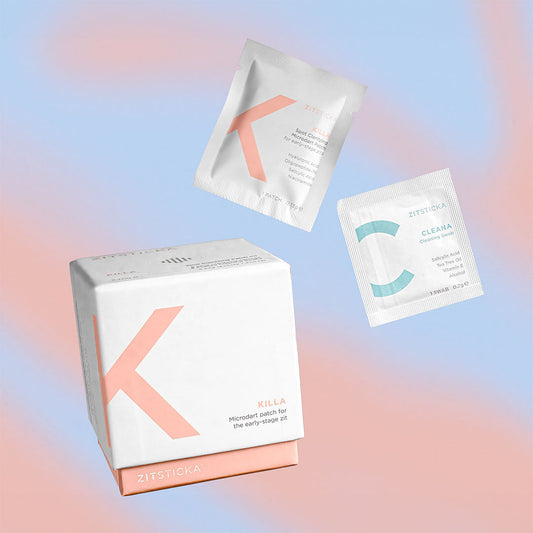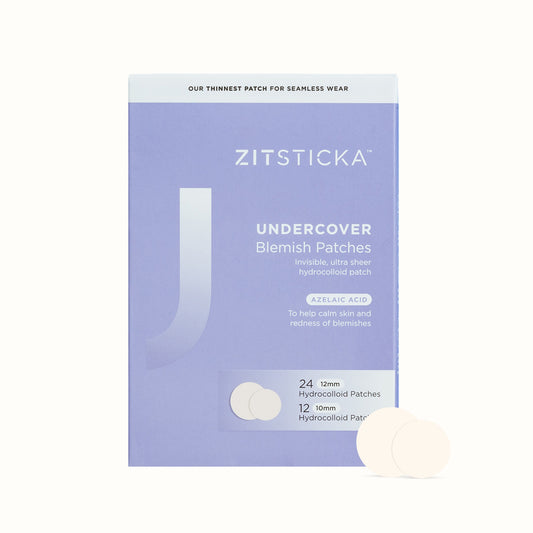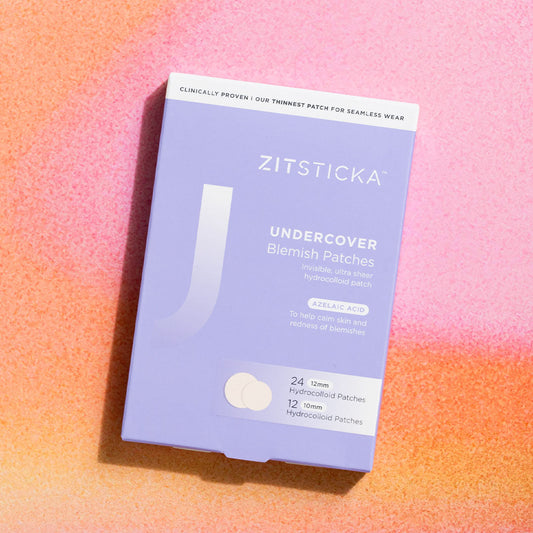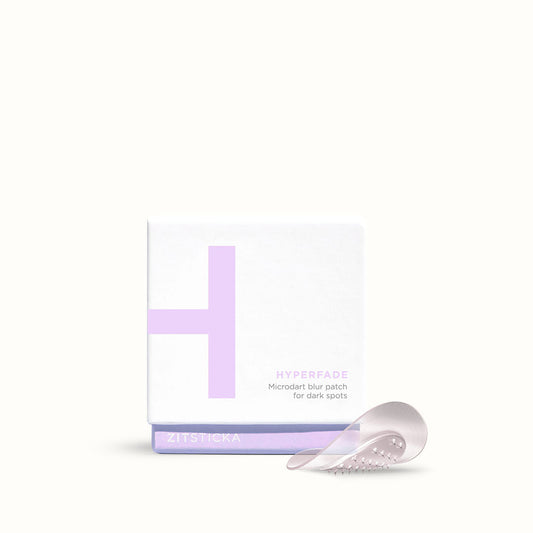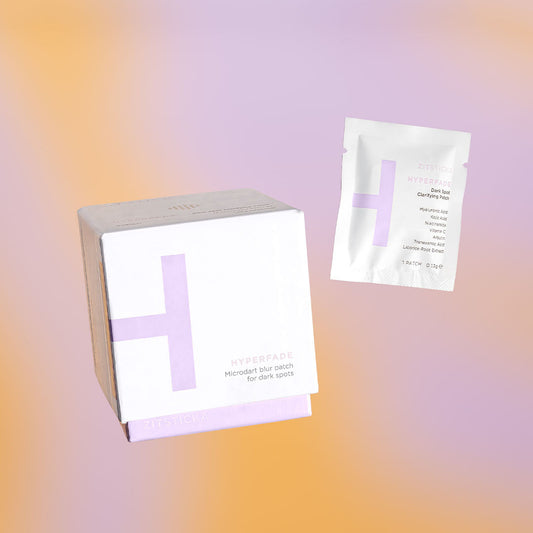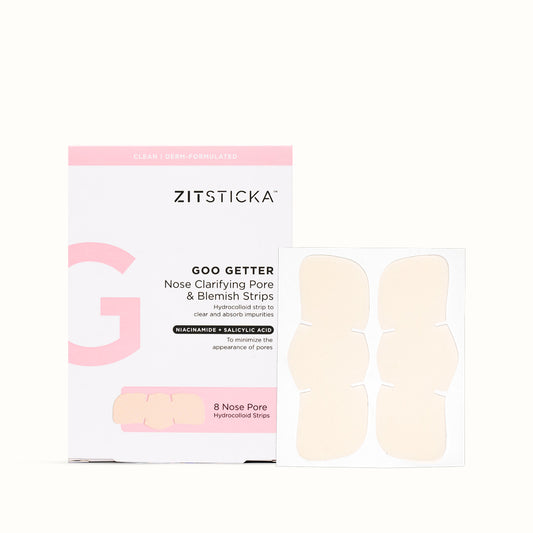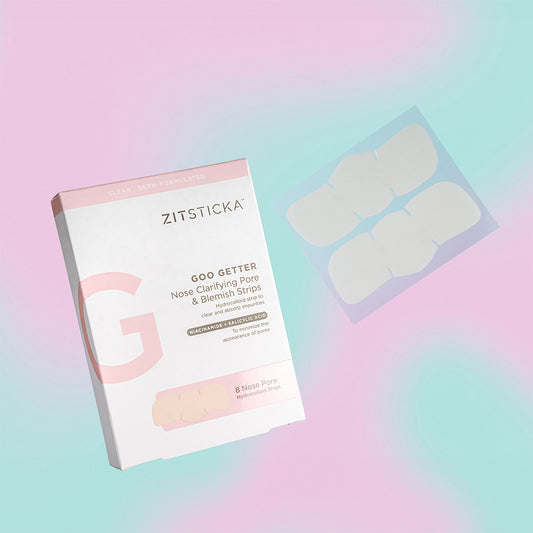By Madeleine Woon
When I was young, my mom would often have to disguise nutrient-dense foods in order for me, a fussy child with a love of beige foods, to even entertain the idea of eating them. Peas concealed in mashed potato, root vegetables blanketed by cheese, baked pies bursting at the seams with spinach. Her deception knew no bounds! The most delicious and memorable of all was my after-school treat, my drug of choice, available over-the-counter and on the streets: vitamin C chewable gummies. Vitamins rebranded as candy? Name a more ingenious invention.
While I’m now an adult in charge of feeding myself (a visually and nutritiously diverse diet, no less), my love of vit C has turned out to be a lifelong one, although the nature of the relationship has shape-shifted a little. I never fully graduated from chewing on vitamin C—and often pack a bottle with me on holidays to counteract all the maltreatment that comes with living life to its fullest—but I have since discovered that it is equally as remarkable when lathered across the face, too.
Vit C is legendary for a reason: it actually works. The wonder ingredient is our nearest and dearest when it comes to all manner of skin ailments, from uneven skin tone, rough texture and fine lines, to acne scarring and dullness. Given its long list of accolades, and even longer standing place in my life, it’s about time vitamin C was properly welcomed to the stage.
Without further ado…
What Vitamin C Is
Vitamin C is an essential nutrient required for the growth and repair of tissues in all parts of the body, including the skin, but we can’t produce it on our own. Found naturally in fruits (ily, oranges) and vegetables (you’re ok too, broccoli), the powerful antioxidant is also produced synthetically in skincare products like moisturizers, toners, and most commonly, serums.
As far as our flesh suits are concerned, vit C is a “potent antioxidant that can neutralize free radicals,” as board-certified dermatologist, Patricia Wexler, puts it. “Because of its antioxidant properties, vitamin C aids in your skin’s natural regeneration process, which helps your body repair damaged skin cells.”

Photo via @alliesherman
What It Does
Below, the laundry list of benefits…
Combats against free radicals. We all know chowing down on antioxidant-rich foods aids the body in fighting off free radicals, and topical antioxidants do the same for the skin by offsetting daily aggressors like UV damage and air pollution. The reason it’s essentially the Gandalf of skincare ingredients is because its benefits don’t just stop with its antioxidant status, though.
Boosts collagen production. One of the best anti-aging ingredients on the market, vitamin C stabilizes and creates collagen molecules. Not only that, some research suggests that it also increases the quality of the collagen created in the body.
Reduces brown spots. Vitamin C is incredibly adept at helping the skin heal itself, and should hence be your go to when looking to reduce red or brown spots. With its anti-inflammatory properties, it’s also incredibly helpful for those looking to reduce the appearance of post-zit marks. (Here’s looking at you, GOO GETTER and HYPERFADE).
What To Look Out For
Vitamin C sounds simple enough, but there are actually several different kinds of to keep an eye out for in your quest for #infallible skin. Ascorbic Acid is the most common of the bunch, and for good reason—it absorbs the quickest and has the highest potency when applied topically. Next up is Magnesium Ascorbyl Phosphate (MAP), another water-soluble derivative of vitamin C that can be effective in smaller concentrations. Then there’s Ester-C, a trademarked vitamin C mainly composed of calcium ascorbate. If in doubt, reach for Ascorbic Acid.
How To Choose the Right Concentration
Finding the right concentration for your *unique* skin type is key in ensuring it’s as effective as possible. According to Dr. Wexler, you should “begin with a low concentration of 10% and increase to 15% or 20% as tolerated.” Furthermore, “for oily or normal skin, L-ascorbic acid is the most potent form of vitamin C and can be the most beneficial, while for dry and sensitive skin, magnesium ascorbyl phosphate, a water-soluble vitamin C, is less irritating,” she says.
Who Should Use It
Those with sensitive skin may have allergies or redness from vitamin C. If that’s the case, start with a lower concentration and try testing a patch of skin to make sure no allergy exists.
When To Use It
While there’s no set rule against using vit C in the evening, you’ll likely get the most benefit if you incorporate it into your morning routine. This is when UV radiation is at its highest, and its antioxidant properties can act as a shield to deflect pollution and other environmental aggressors. A good thing to note is that it’s less effective when exposed to light, so give it time to absorb into the skin before you walk out the door. This also applies to the vessel it comes in. Most vitamin C products come in a dark bottle—and it’s on purpose. Vitamin C breaks down when it's exposed to light or air, so dark glass bottles help maintain its stability, and, as a result, its efficiency.
When it comes to what step in your skincare routine you should incorporate it into, dermatologists tend to agree that serum is the preferred form of vitamin C. According to Dr. Wexler, “serums are more effective than creams or toners.” Want to kill 2 birds with 1 stone? Our SPF for breakout-prone skin, MEGASHADE, is the product you didn't even know you needed. The added benefit of MEGASHADE, besides being THE SPF for breakout-prone skin, is that it even brightens past hyperpigmentation with a generous amount of Kakadu Plum. Not only is it entertaining to chirp out loud, but Kakadu Plum is actually the highest known source of vitamin C. And we all know vitamin C is our Chief Executive when it comes to lightening dark spots.
Want to explore the most efficient ingredients for fighting zits? Look no further than this hyperlink.

